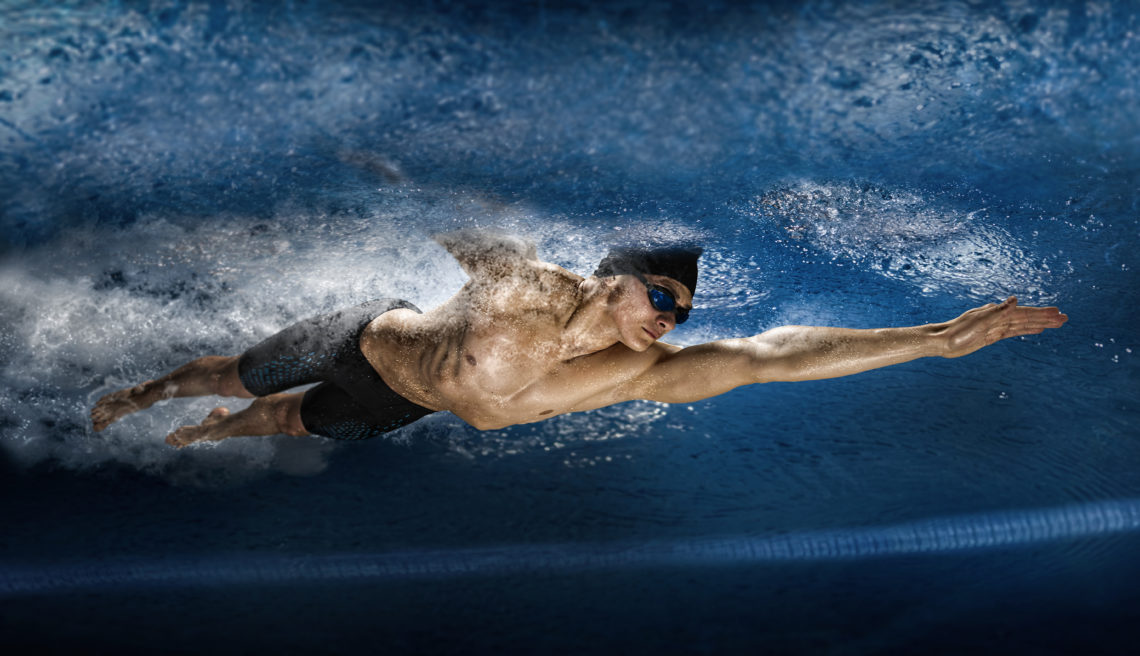Swimming for Degenerative Disc Disease Pain
Back pain is a prevalent condition in the US, with half of all working population in the country admitting to experiencing back pain. This condition doesn’t just cause your discomfort, but can also affect your daily activities. Back pain causes over 264 million lost workdays annually. The most common cause of back pain is degenerative disc disease, with one-third of the adult population aged 40-59 showing signs of the condition.
What is Degenerative Disc Disease?
Degenerative disc disease is a condition characterized by the deterioration of the spinal discs due to aging and daily wear and tear. This condition is part of aging for many people. As we grow older, our discs, which are composed of 80% water, will start to lose water.
Early symptoms of degenerative disc disease include feeling a stiff and sore back after waking up in the morning. Patients may also experience back pain which worsens with prolonged sitting or activities involving bending and twisting of the spine. Individuals with a parent or sibling with degenerative disc disease have higher risks of developing the condition. Your risk of developing this disease also increases as you get older.
Can swimming help ease Degenerative Disc Disease pain?
While degenerative disc disease is a chronic and irreversible condition, there are ways that you can prevent further disc disintegration and manage your symptoms. One of the most effective methods to ease back pain is swimming.
Dr. Purvez at the Pain & Spine Center of Charlottesville often recommends swimming as a form of exercise to manage the pain and discomfort caused by degenerative disc disease. Movement, stretching, and strengthening muscles throughout the body can help keep the pain under control. Swimming is a low-impact activity; this means that swimming will allow the muscles at the back and arms to stretch without much risk of injury. For many, swimming is also a stress relieving activity.
Individuals who don’t know how to swim may instead opt for water aerobics. However, before you dive into the water and start swimming, it is important to discuss this with your doctor. Once you are cleared, make sure to start slow first. Make sure to warm-up and cool-down, especially if you have an existing injury.




